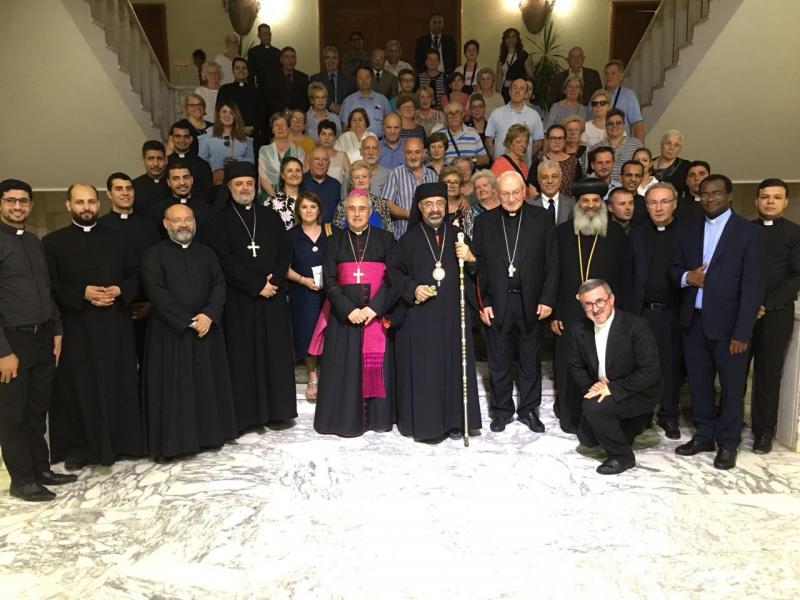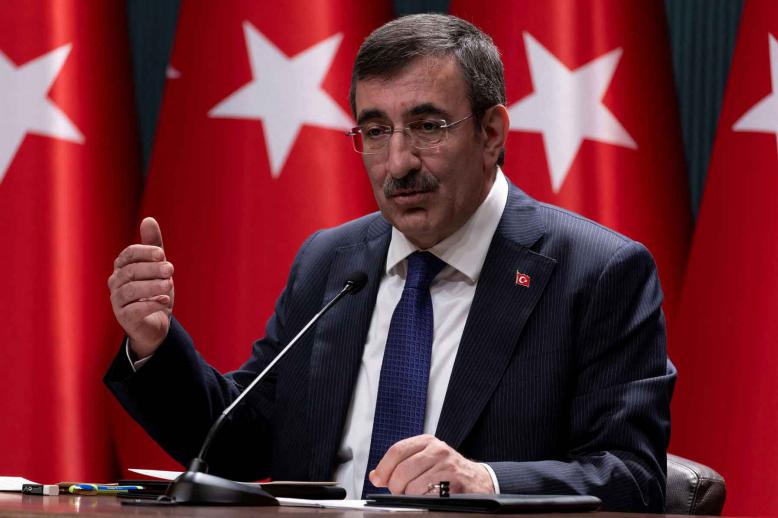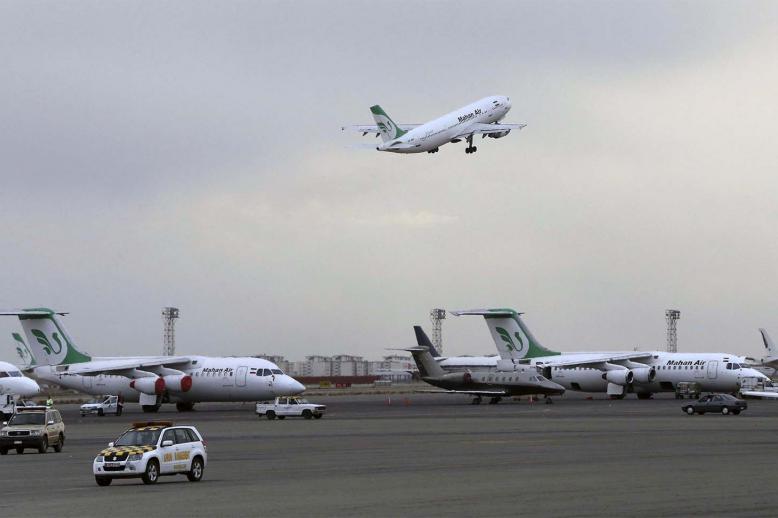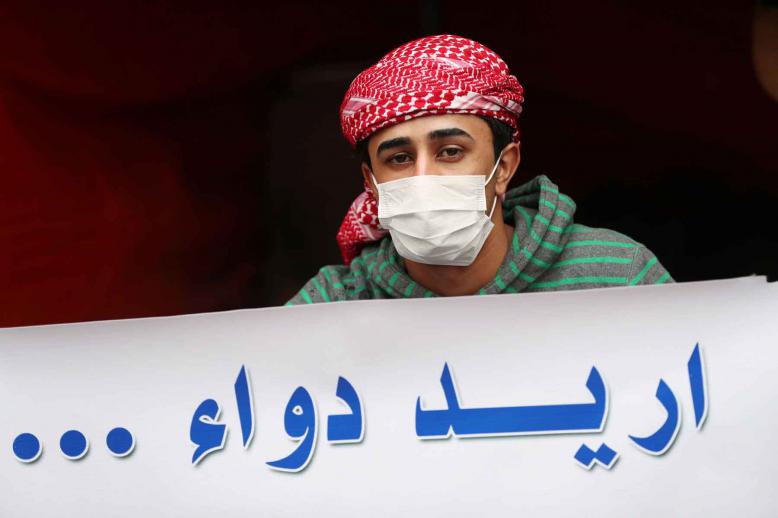Christian pilgrims arrive in Egypt amid hopes of tourism sector revival
CAIRO - Christian pilgrims have travelled to Egypt to follow the path of the Holy Family, a tour that authorities envision as a potential important aid to improve the country’s vital tourism sector.
A group of 70 Italian pilgrims arrived in Cairo on June 17 to visit sites frequented by the Holy Family in the Egyptian capital and in the Western Desert. Egypt enthusiastically welcomed the pilgrims, having prepared for the tour since it received the approval of Roman Catholic Pope Francis last year.
“We have made enough preparations to make the visits of the pilgrims both enjoyable and informative,” said Gamal Mostafa, a member of the Antiquities Ministry committee formed to prepare for the pilgrimage. “Christian pilgrims who will come here will find a very rich and diverse spiritual and historical treat.”
The Gospel of Matthew states that Joseph, Mary and their infant son Jesus spent three years in Egypt after escaping King Herod’s Massacre of the Innocents. They supposedly passed through northern Sinai and arrived in what is now Cairo, before moving to the Western Desert, sojourning in Minya in central Egypt and then in Assiut in southern Egypt.
The route of the Holy Family contains 25 main landmarks, including churches, mountains and hills in what are at the heart of a massive upgrade by the Egyptian government. Egypt has formulated a plan to improve landmarks along the route to gain recognition from UNESCO as an international heritage site.
The plan is bringing many Egyptian authorities together, as well as the Coptic Orthodox Church. Behind the effort is Egypt’s desire to provide greater services to its Coptic Christian minority.
The plan aims to turn the Holy Family’s route into an important asset for the tourism sector, which was hard hit by the political turmoil after the 2011 uprising against longstanding President Hosni Mubarak.
Egypt earned $12.5 billion in revenues from tourism in 2010, compared to $3.8 billion in 2016 and $7.6 billion in 2017.
Former Tourism Minister Yehia Rashed described the Christian pilgrims’ arrival on June 17 as “timely.” He said he expected revenues from visits by Catholic pilgrims to rival those of the Suez Canal. Egypt received almost $5.6 billion in revenues from it this year, the highest in years.
“The visits will bring in huge revenues, if things go as planned and as hoped,” Rashed said.
The Coptic Orthodox Church, a major partner in the effort, has prepared books and materials that document the Holy Family’s journey. The material is distributed to pilgrims on their arrival. The church is offering training courses for tour guides who accompany the pilgrims.
“Christianity is rooted in Egypt and there are many Christian monuments [across the country], including the Coptic monasteries,” Pope Tawadros II told the Italian tourist delegation during a special reception in June at Saint Mark’s Coptic Orthodox Cathedral.
Egyptian officials said they hope to attract 5 million pilgrims a year to Holy Family pilgrimage sites. This, Mostafa said, would be an important boost for the tourism sector.
“The fact is that we are competing with other countries that offer the same type of tourism for the pilgrims,” Mostafa said, “but Egypt has a huge spiritual and religious potential that has not been exploited to its fullest yet.”
The Italian pilgrims who arrived June 17 spent four days in Egypt, during which they visited five main sites in Cairo and Wadi El Natrun in the Western Desert. The other sites are to be restored in the coming months so they can be included in the itinerary.
Other pilgrims are scheduled to arrive in September and October, the Tourism Ministry said.
Egyptian tour operators have been advertising tours but tourism experts said there are challenges in attracting pilgrims, including overhauling sites visited by the Holy Family. This, they said, would make the package diverse and more enjoyable.
“So far, the package contains five sites only, which is far from enough,” said tourism expert Amr Sedki. “Few tourists will be ready to travel thousands of kilometres to visit five sites only.”
Amr Emam is a Cairo-based journalist. He has contributed to the New York Times, San Francisco Chronicle and the UN news site IRIN.
This article was originally published in The Arab Weekly,







